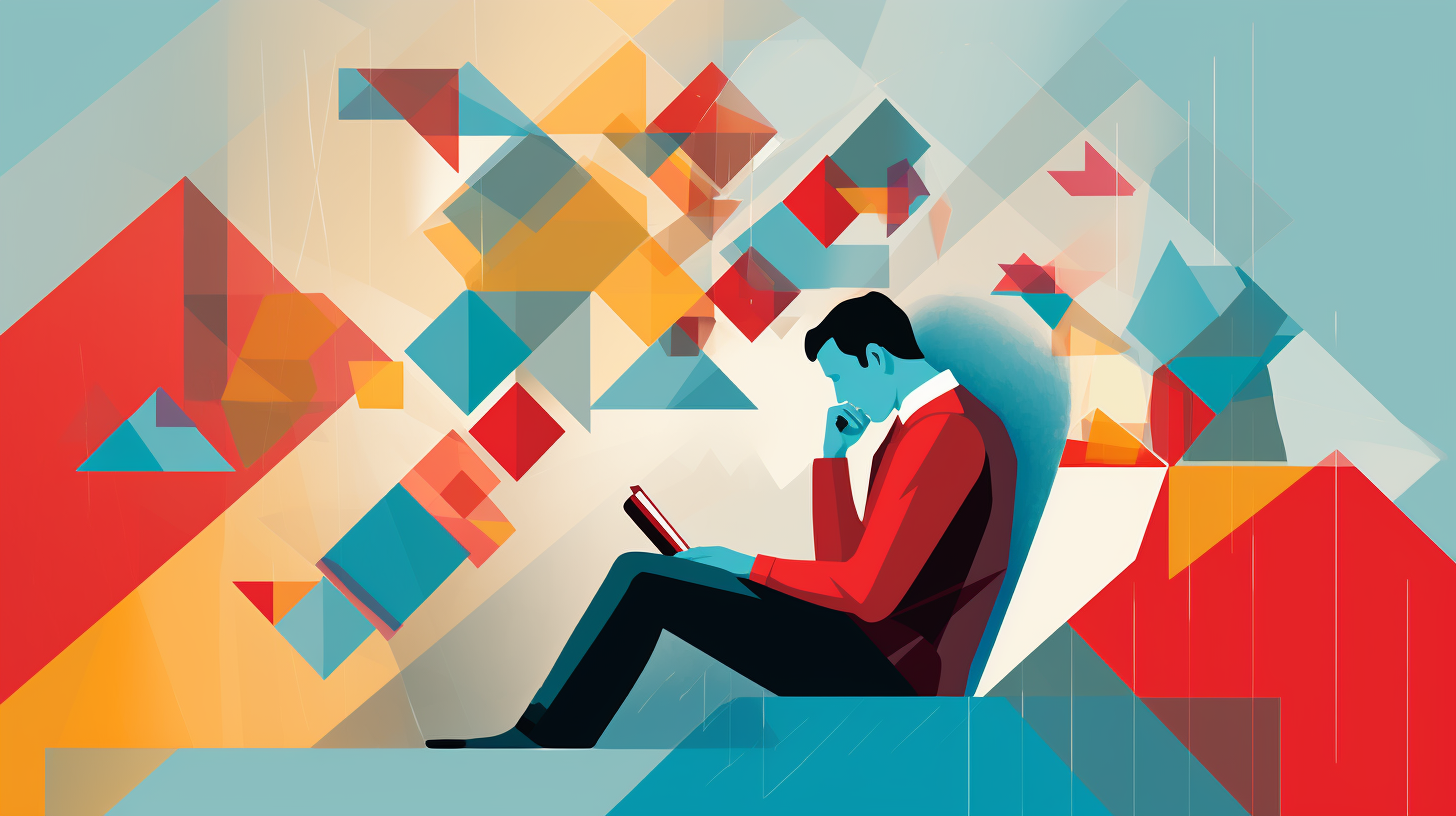The Importance of Critical Reading
Developing Analytical Skills
Critical reading is a process by which you engage actively with the content, dissecting and examining the arguments and narratives presented. By sharpening your analytical skills, you’ll be better equipped to discern fact from opinion and recognize biases that may color the information. These skills enable you to assess the validity and logic of an author’s argument, contributing to a more rounded and well-informed perspective.
The effectiveness of critical reading strategies relies on consistently applying an analytical approach. Here’s what it typically involves:
- Identifying key themes and ideas
- Recognizing the structure and purpose of the argument
- Evaluating the evidence and sources presented
- Distinguishing between strong and weak arguments
- Questioning underlying assumptions
By refining your analytical skills through critical reading, you’re not just reading the lines but also reading between the lines. This practice is not just limited to academia but is also a valuable skill in everyday decision-making.
Enhancing Comprehension
When you read critically, you investigate the material much deeper, enhancing your comprehension significantly. Critical reading, clarity, and understanding are not mere byproducts but core objectives. This heightened level of engagement with the text ensures that you grasp the nuances and complex ideas that might be lost with more passive reading approaches.
Critical reading skills are instrumental in your ability to synthesize and interpret complex information, and they provide a sturdy foundation upon which you can build your knowledge and understanding. By employing critical reading as a process, you:
- Engage with the material on a deeper level
- Foster a more profound respect for different perspectives
- Break down complex ideas into understandable components
- Retain information more effectively
The nature of critical reading as a process means that it is iterative. Rigor and thoroughness are essential to dissecting texts, considering implications, and making informed conclusions. As you become adept in these critical reading strategies, your comprehension not only deepen but you also pave the way for more sophisticated thinking and reasoning abilities.
Strategies for Critical Reading
Understanding critical reading forms the foundation of engaging deeply with text, but developing a toolkit of critical reading strategies fortifies your ability to analyze and interpret content meaningfully. Audiobooks offer a unique avenue for applying these strategies because their audio format can enhance focus and retention.
Previewing the Text
When approaching a new text, previewing is a fundamental first step. This is where critical reading begins. For audiobook listeners, previewing might mean listening to a sample or examining a brief synopsis. You should note the title, the author’s name, and even the narrator. Each element cues you to anticipate the tone and substance of the audiobook and primes your critical reading skills. Through previewing, you establish a framework that will guide your understanding of the narrative or argument as it unfolds.
Making Predictions
Using the foundation laid by previewing, you then step into making predictions. Here, critical reading engages your mind actively, pushing it to hypothesize about plot developments or thematic exploration in the audiobook. Critical reading is a process where you bet on where the narrative’s arc is headed or the following argument. Predictions keep you invested and attentive as the story progresses, making the audiobook experience more immersive and interactive.
Asking Questions
A crucial part of critical reading is always to ask questions. Whether listening to a fiction or non-fiction audiobook, questioning the author’s perspective, the strength of their arguments, and the coherence of their narratives sharpens your critical reading skills. What is the author’s intent? Is there evidence to back their claims? These questions are central to essential reading strategies and propel you to engage with the audiobook beyond passive listening. As you ask more questions, critical reading becomes dynamic, enriching your listening experience and enhancing your necessary thinking abilities.
Common Challenges in Critical Reading
When delving into what is critical reading, you’re likely to encounter common hurdles. Recognizing them is the first step to overcoming these challenges and improving your necessary reading skills.
One major challenge you might face is the transition from passive to active engagement with texts. Unlike high school reading tactics, critical reading is a process that requires you to dig beneath the surface. It’s about understanding the content and questioning the underlying ideas and arguments. Transforming into a critical reader means adjusting your reading habits and strategies, which isn’t always intuitive.
Another obstacle is making sense of complex texts. Critical reading goes beyond mere comprehension. It calls for analyzing the structure of arguments, questioning the evidence presented, and considering the author’s intent and audience. This layered approach can be demanding if you still read critically only for content, as the depth required for critical examination might feel overwhelming.
Overreliance on a single reading could hold you back. Often, critical reading is a repeated process where initial skimming for main ideas is simply the groundwork. Multiple readings are essential to grasp the nuances of a piece. But, if you’re accustomed to understanding a text in one go, this practice might seem excessive or time-consuming.
Here’s a brief rundown of what you might be up against:
- Transitioning from passive to active reading
- Managing complex texts and their elaborate arguments
- Moving from surface understanding to in-depth analytical thinking
- Adapting to multiple readings for enhanced comprehension
Developing critical reading strategies will gradually equip you with the tools to tackle these issues head-on. Remember, it’s about identifying and engaging with the author’s message reflectively and analytically. Your ability to read critically will expand as you practice, and your capacity for profound insights and informed perspectives will also grow.
Conclusion
Embracing critical reading transforms how you interact with texts, turning every page into a journey of discovery and understanding. You’ve learned to preview, predict, and question skills that allow you to dig deeper and grasp the nuanced arguments and ideas that authors present. Remember, it’s a shift from merely consuming words to actively engaging with them, which will undoubtedly enrich your reading experience. As you practice these techniques, you’ll overcome the initial hurdles and become a more thoughtful, discerning reader. So keep at it, and watch as critical reading opens up new worlds of knowledge and insight.
Frequently Asked Questions
What are the 5 steps to reading critically?
The five steps to critical reading are to survey, ask questions, read actively, respond to your questions, and record essential concepts. This systematic approach helps in better understanding and retention of the material.
What is the primary purpose of critical reading?
Critical reading assesses the validity of a text’s arguments and evidence. It involves evaluating the strength of the material presented, whether to identify robust arguments or to recognize weaker ones.
What is the first step in critical reading?
The first step in critical reading is to analyze the task at hand. Understand what the text is about and what is expected from you as the reader, which will guide your reading process.
What are the 3 main strategies in critical reading?
The three main strategies in critical reading are previewing the text before reading, contextualizing it within historical, biographical, and cultural frameworks, and asking questions to enhance comprehension and recall.
What is the difference between reading and critical reading?
Reading is the basic level of understanding the text, whereas critical reading is an advanced, more active engagement with the text. Critical reading involves analysis, interpretation, and evaluation to understand the deeper meanings produced by the text.




